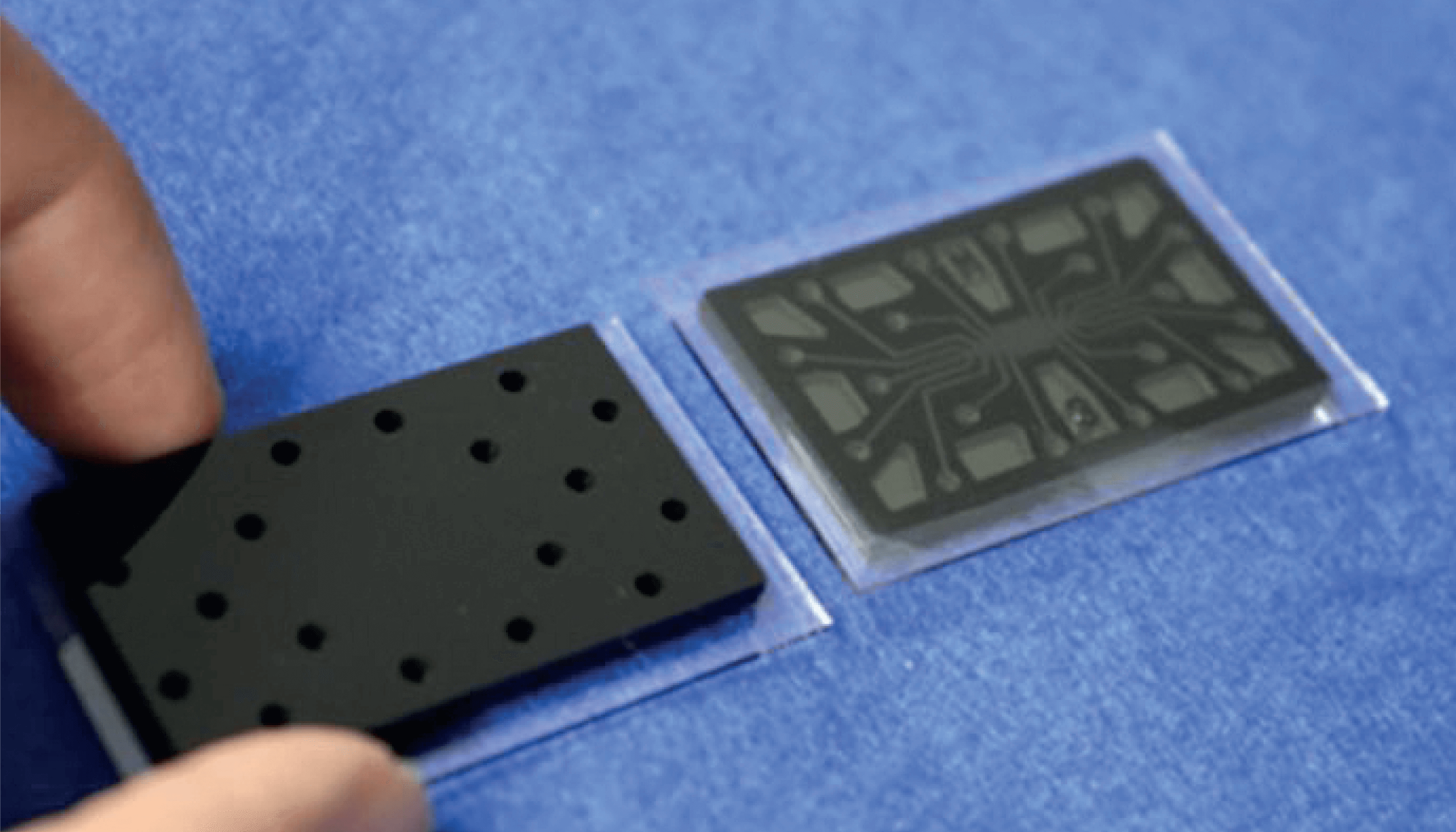A new portable analyzer can detect anti-avian influenza antibodies in blood serum in just 20 minutes (1). The technology, which consists of liquid crystal molecules, an image sensor, and a microfluidic device, rapidly indicates antibody presence and weighs only 5.5 kg. The researchers who conceived it also developed an accompanying fluorescein-labeled protein reagent, which binds only to the anti-H5 avian influenza antibody.
To conduct the test, serum and reagent are mixed for 15 minutes, then injected into the microfluidic device and measured by a portable fluorescence polarization analyzer. Samples containing bound antibodies and reagent create smaller molecular movements, producing a different degree of polarization. Could the test also be used against COVID-19? “By reproducing fragments of spike proteins expressed in the novel coronavirus to use as the reagent, the analyzer should be able to detect anti-coronavirus antibodies,” said Hokkaido University’s Manabu Tokeshi (2).

References
- K Nishiyama et al., Sens Actuators B Chem, 316 (2020). PMID: 32322135.
- Hokkaido University (2020). Available at: https://bit.ly/3i82hXk.




